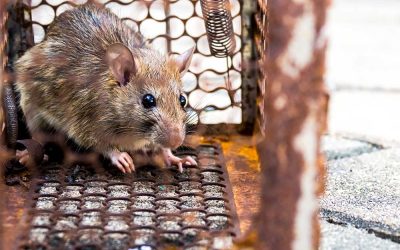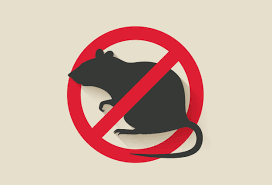Crawling through your home’s interior, termites can cause thousands in property damage. These pests will eat away at the wood in your home, compromising the integrity of your floors, walls, and roof!
Some even lay termite eggs within your home, allowing juvenile termites to grow and swiftly begin feasting.
If you’ve spotted signs of termites, NTX can lend a hand! Whether you want to learn more about termite eggs or figure out how to get rid of these pests, we’ll provide you with the right tips to reclaim your home from termites!
What’s a Termite’s Lifecycle?
Nymphs hatch from termite eggs and eventually mature into other colony roles. The insects can fall into three categories: workers, soldiers, or reproductive termites.
Termite Eggs
Like most other insects, termites begin their life as eggs. However, termites can reproduce at a shockingly rapid rate. Some queens can lay hundreds of termite eggs a day!
Termite eggs remain near the queen in a colony. Depending on the type of termite infestation, the termite eggs may reside inside or in a separate colony in your yard.
In northern Texas, particularly in cities like Frisco, NTX Best Pest encounters subterranean termites. This species creates colonies outdoors that connect to your home through intricate underground tunnels.
You can spot a subterranean termite infestation by thin mud tubes on your home’s foundation or inside on your walls. Despite their presence outside your home, these pests can cause significant damage. The termite eggs stay within the underground colonies while the workers care and feed for the young as they develop. For other species, like drywood termites, the termite eggs live within the inner structure of your home.
One species of subterranean termites are known to destroy buildings quickly. According to the University of Florida, Formosan subterranean termites can have millions of termites within their ranks that can dismantle the interior of your home.
Nymphs
During this stage, termite nymphs aren’t much larger than the egg casings they exit. These small white insects primarily feed on the foraged cellulose that worker termites collect. Throughout their maturation, termite nymphs shed their skin several times.
Some bugs like ants or wasps will go through a process called complete metamorphosis which consists of the following stages:
- Egg
- Larva
- Pupa
- Adult
Unlike other insects, termites go through incomplete metamorphosis. Termites hatch from eggs as nymphs and grow into adults through several molts.
Worker Termites
Possibly the most populous number of termites that reside in the colony, worker termites perform all of the foraging and care duties.
While other insect species exclusively have female workers, termites may have either male or female workers within their ranks. A termite’s sex does not matter for the colony unless they are reproductive members.
Worker termites are responsible for property damage as they collect food for the rest of their nest. They take care of the nymphs and are also responsible for feeding the queen and soldier termites.
Soldier Termites
Easily distinguished by their large heads and mandibles, soldier termites keep the colonies safe. If a predator tries to infiltrate the colony, the soldier termites will fight back and alert the rest of the termites by knocking their large heads against the floors and walls of the nest.
If you want to see soldier termites in action, check out this video as a group of soldier termites try to fend off an ant invasion!
Reproductive Termites
Some nymphs will eventually grow into alates. These termites have reproductive capabilities and are often called “swarmers.”
Swarmers grow wings and take flight to reproduce and establish new termite colonies. A queen lays termite eggs throughout the year, but some termite species do not have reproductive members until the colony matures.
As the termites leave, they will shed their wings and create new colonies. After mating, new kings and queens will populate the colony with workers and soldiers, eventually having other reproductive members as the population grows.
Unlike the reproductive members of other insect families, males don’t die after mating. The king will continue to reign alongside the queen and aid in reproduction.
Alates have no other function except to reproduce or leave the colony. Workers primarily care for these members, especially for the immobile queens who solely lay new termite eggs every day or week.
Do You Have Termites? Give NTX Best Pest a Call!
Termites aren’t an easy pest to deal with alone. Without proper monitoring methods, you may not know about an infestation until it causes significant amounts of damage to the interior of your home!
Besides physical signs of deterioration, many homeowners only realize that they have termites when they spot discarded wings from swarming termites or spot these reproducing insects themselves.
With NTX’s termite control service, we utilize the Sentricon® system with molt-preventing bait to keep termites at bay. Once the termites feast on our baiting stations, they can no longer shed their skins and will swiftly die. Even the termite eggs stand no match against our top-of-the-line products!
Not only can we eliminate the termites in your home, but we can install monitoring statins on your property to know if these destructive guests ever try to stop by for an extended visit.
Termites are no joke! Contact NTX Best Pest to keep your home safe!



0 Comments